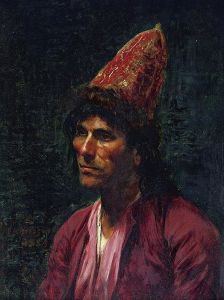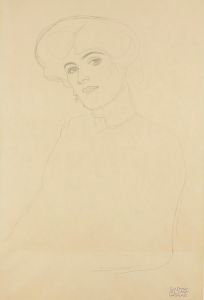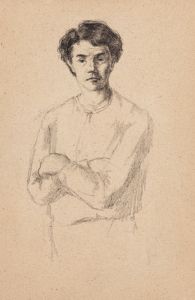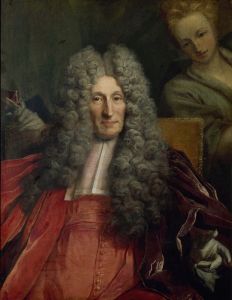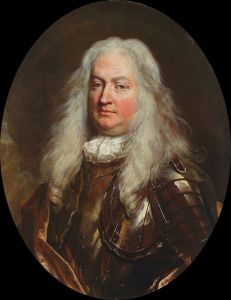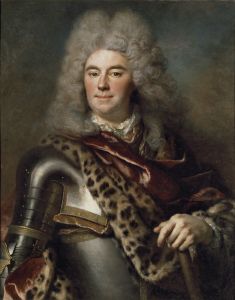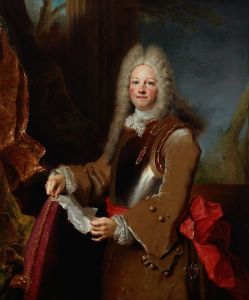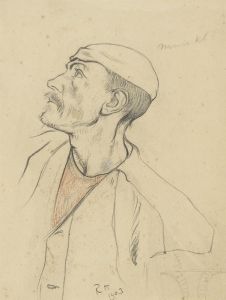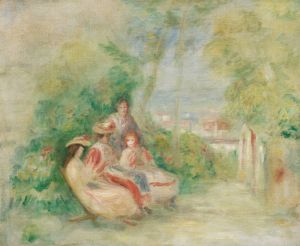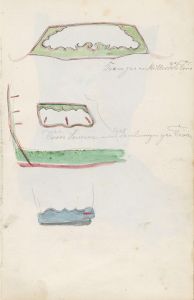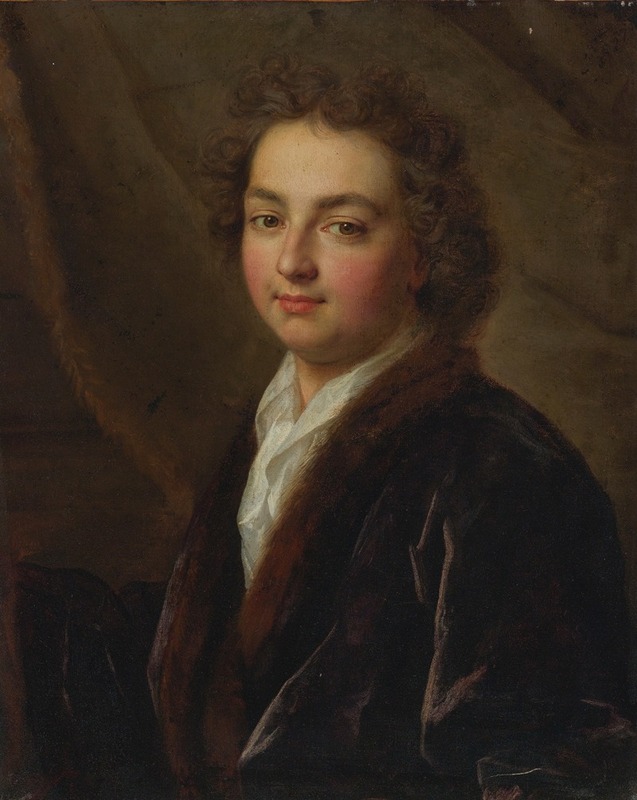
Portrait of a man
A hand-painted replica of Nicolas de Largillière’s masterpiece Portrait of a man, meticulously crafted by professional artists to capture the true essence of the original. Each piece is created with museum-quality canvas and rare mineral pigments, carefully painted by experienced artists with delicate brushstrokes and rich, layered colors to perfectly recreate the texture of the original artwork. Unlike machine-printed reproductions, this hand-painted version brings the painting to life, infused with the artist’s emotions and skill in every stroke. Whether for personal collection or home decoration, it instantly elevates the artistic atmosphere of any space.
Nicolas de Largillière was a prominent French painter known for his portraits, which captured the elegance and opulence of the late 17th and early 18th centuries. One of his works, "Portrait of a Man," exemplifies his skill in portraying the character and status of his subjects with remarkable detail and finesse.
Largillière was born in Paris in 1656 and spent part of his early career in Antwerp and London, where he was influenced by the Flemish and English schools of painting. He returned to France in the 1680s, where he became a member of the Académie Royale de Peinture et de Sculpture. Largillière's work was highly sought after by the French aristocracy and bourgeoisie, and he became one of the leading portraitists of his time.
"Portrait of a Man" is a testament to Largillière's ability to convey the personality and social standing of his sitters. The painting typically features a male subject, dressed in the fashion of the period, with an emphasis on luxurious fabrics and intricate details. Largillière's use of color and light enhances the texture of the clothing and the liveliness of the subject's expression, making the portrait both realistic and idealized.
The background of Largillière's portraits often includes rich drapery or classical elements, which serve to elevate the subject's status and create a sense of timelessness. In "Portrait of a Man," these elements might be present, contributing to the overall composition and balance of the painting. Largillière's attention to detail extends to the rendering of facial features, capturing the individuality of the sitter while adhering to the conventions of portraiture that emphasized grace and dignity.
Largillière's portraits are noted for their psychological depth, as he was adept at capturing the inner life of his subjects. This skill is evident in "Portrait of a Man," where the subject's gaze and posture suggest a narrative beyond the canvas. The painting reflects the cultural and social milieu of the time, offering insights into the values and aesthetics of the French elite during the reign of Louis XIV and the subsequent Regency period.
While specific details about the identity of the man in this portrait may not be well-documented, the work remains an important example of Largillière's contribution to the art of portraiture. His ability to blend realism with an idealized representation of his subjects has ensured his place in art history as a master of the genre.
Largillière continued to paint until his death in 1746, leaving behind a legacy of portraits that capture the essence of an era. His works are housed in major museums and collections around the world, where they continue to be studied and admired for their technical excellence and historical significance. "Portrait of a Man" is a fine example of his artistry, showcasing his ability to immortalize the individuals of his time with elegance and insight.





